- About us
- Support the Gallery
- Venue hire
- Publications
- Research library
- Organisation chart
- Employment
- Contact us
- Make a booking
- Onsite programs
- Online programs
- School visit information
- Learning resources
- Little Darlings
- Professional learning
Fred Williams OBE (1927-1982), painter and etcher, was one of the most important Australian artists of the twentieth century. His unique landscape vision emerged in the late 1950s, after his return from a period of study and work in London. The 1960s saw an increasing minimalism in his paintings, which reached its most extreme point at the end of the decade. In the monumental works of 1969, the year this photograph was taken, he attempted to evoke the vast scale of the Australian land through canvases of a single colour dotted with tiny flecks of paint. Although Williams later turned to representation of denser, more colourful country, his severe and sparse pictures of the 1960s contributed profoundly to subsequent interpretation of the Australian landscape.
Gift of the artist 2002. Donated through the Australian Government's Cultural Gifts Program.
© Andrew Sibley/Copyright Agency, 2024
Andrew Sibley (16 portraits)
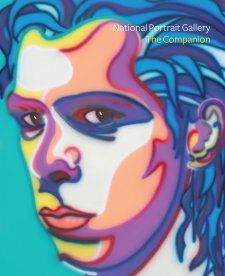
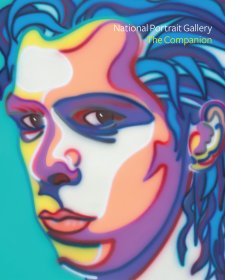
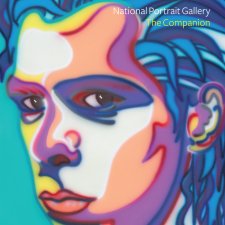
On one level The Companion talks about the most famous and frontline Australians, but on another it tells us about ourselves.

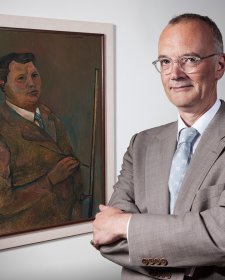

1 May 2014
In Persuasion (1818), a long walk on a fine autumn day affords Anne Elliot an opportunity to ruminate wistfully and at great length upon declining happiness, youth and hope.
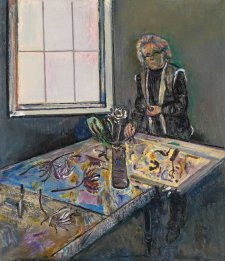
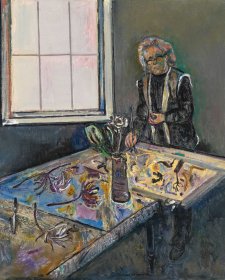
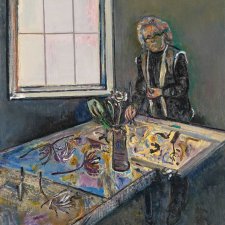
Michael Desmond discusses Fred Williams' portraits of friends, artist Clifton Pugh, David Aspden and writer Stephen Murray-Smith, and the stylistic connections between his portraits and landscapes.